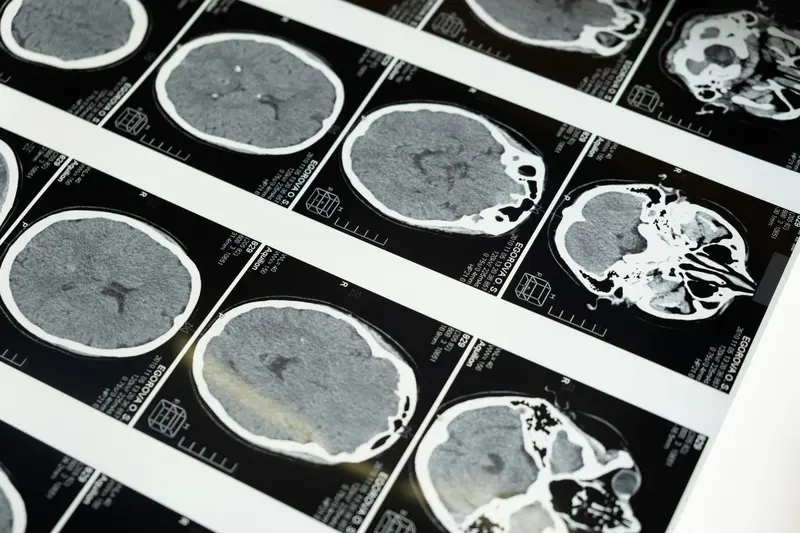A team of researchers from Stanford University School of Medicine has confirmed that men and women are indeed structured differently. They scanned the brains of individuals of both sexes and found gender differences in three areas that are responsible for dreams, memory, and decision-making. Researchers were assisted in this by an artificial intelligence tool.
AI identified the difference between brain men and women with an accuracy of more than 90 percent.
How the research was conducted
Scientists have always found it difficult to distinguish between the brains of men and women. To finally find an answer to the question of gender differences in the brain, a university team developed a deep neural network model. In the process, it learned to differentiate between images of male and female brains.
Researchers started by showing neural networks a series of functional magnetic resonance imaging (fMRI) scans and informed her where the male and female brains are located. As a result, artificial intelligence began to understand which parts of the brain have subtle differences that indicate gender.
Then, the AI was provided with about 1500 brain scans, none of which were images it had been trained on. The neural network identified the gender of the brain’s owner in more than 90 percent of cases, the publication reported. Daily Mail .
It is worth noting that these brain images were obtained from men and women from the USA and Europe. This suggests that the AI model may be able to distinguish gender, even in the presence of differences such as language, diet, and culture.
“It is a very compelling evidence that sex is a reliable determinant of the organization of the human brain,” noted Vinod Menon, the lead author of the study and a professor of psychiatry and behavioral sciences.

Where exactly AI has found gender-related issues. differences
The neural network helped a team of scientists identify the areas of the brain that indicate differences between genders. The three regions that were primarily focused on AI There were the default mode network, the striatum, and the limbic network.
The brain’s default mode network is active when a person dreams, reminisces, and introspects. The striatum is responsible for planning, decision-making, and motivation. Meanwhile, the limbic network supports brain functions such as emotions, long-term memory, and smell.
Additional experiment and short conclusions
Scientists also tried to determine whether artificial intelligence could identify based on brain scanning how well a person performs on a cognitive abilities lab test. The team found that AI is unable to predict this.
Upon receiving the results, the scientists confirmed the idea that sex shapes the brain. “The key motivation for this research is that sex plays a crucial role in the development of the human brain, aging, and the manifestation of mental and neurological disorders,” the researchers stated.
They also noted that this work shed new light on brain diseases, some of which are more common in men and others in women. For example, autism and Parkinson’s disease are more frequently found in men, while women are more often affected by multiple sclerosis and depression.
The results of the study were published in the Proceedings of the National Academy of Sciences.
